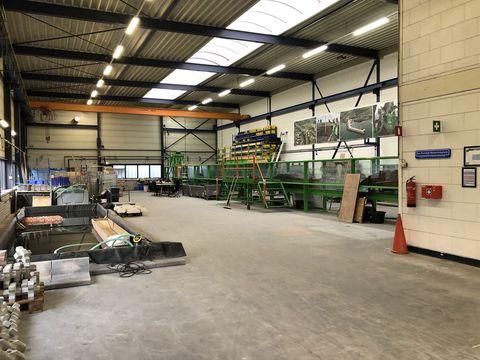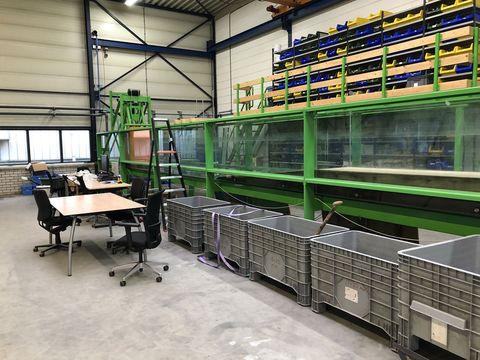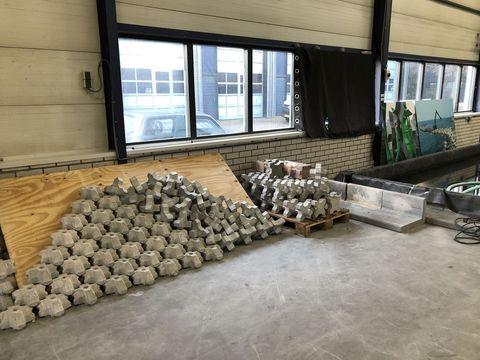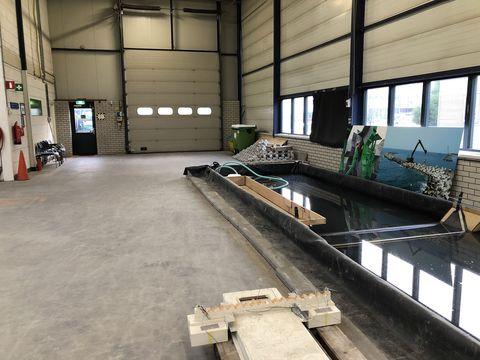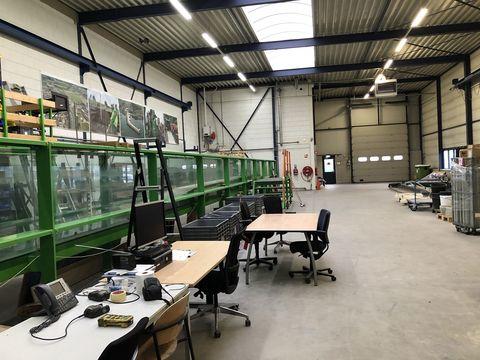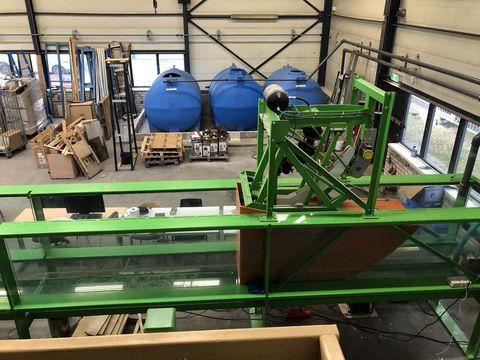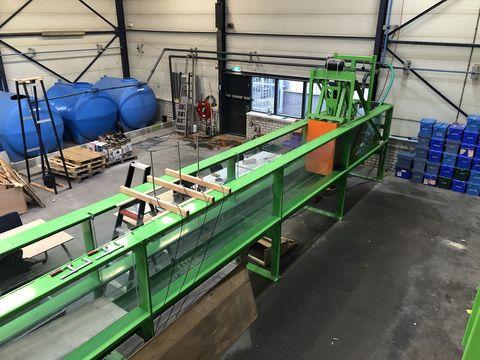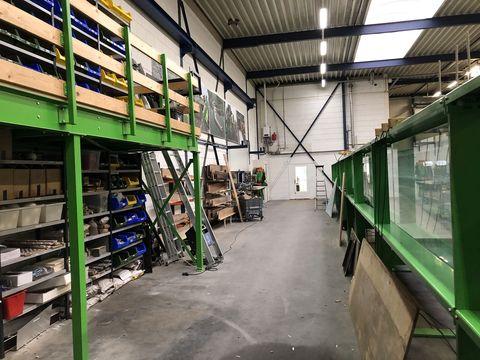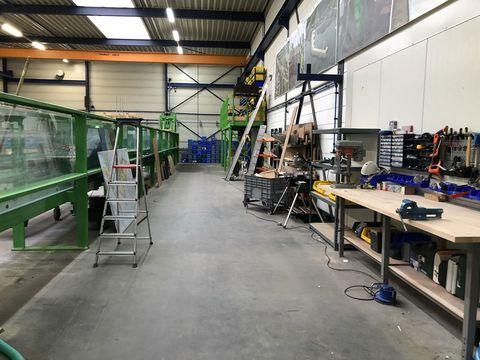












Water laboratory
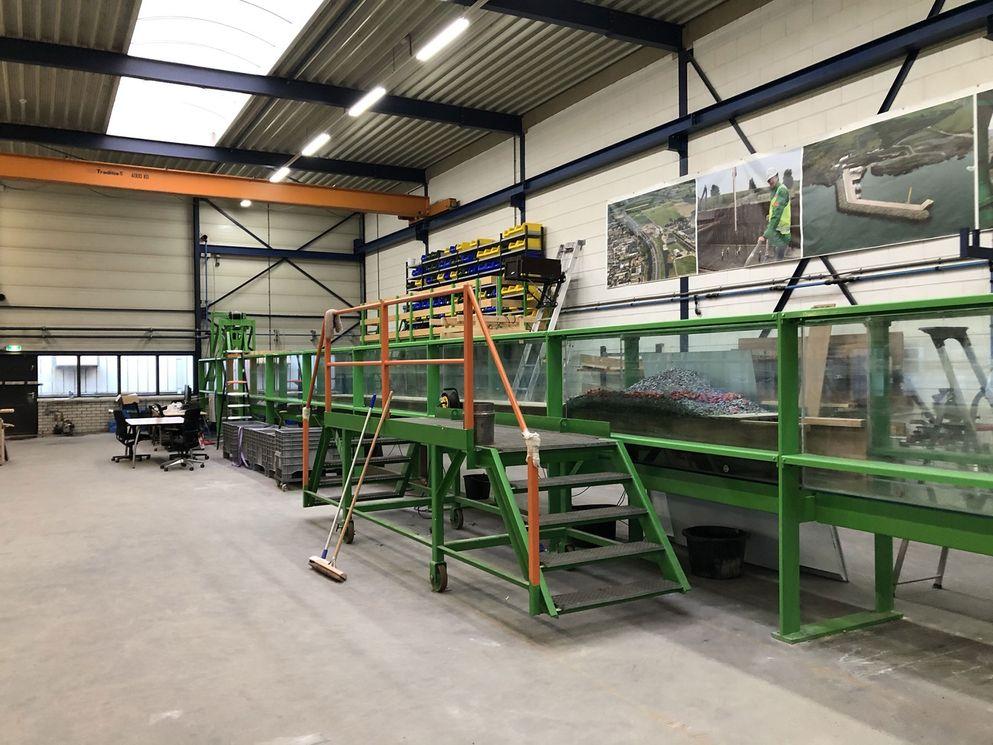
Water laboratory, Gouda
In most projects, physical model tests are carried out to justify or optimise breakwater and shore protection design. Model tests are also carried out to increase the scientific knowledge about the behaviour of single layer armour units, and to test new applications. Since 2008, DMC offers 2D physical model tests for breakwaters and shore protections in the state-of-the-art wave flume in Gouda, The Netherlands.
Since 2008, various project-specific model tests have been carried out, such as breakwaters in Panama, Australia, Benin, UK, The Netherlands, U.A.E., Poland, Sri Lanka and Congo-Brazzaville. Due to the fact that DMC has various sizes of rock and Xbloc scale model units available in the facility, it is possible to optimise a cross section during the test programme in a quick and efficient manner.
How does it work?
Our wave flume lab in Gouda consists of a long rectangular glass tank with a wave generator on one side. The flume has a length of 25m, a width of 0.6m and a height of 1.0m. The maximum permissible water depth is 0.7m with a maximum wave height of 0.3m. The flume has glass windows on both sides so that the waves as well as their interaction with the structurecan be observed. In addition, videos and photos can be recorded and made through these windows.
The flume is equipped with the Edinburgh Designs piston wave generator, which can generate regular and irregular waves. The Edinburgh Designs piston wave generator is able to correct the paddle motion to absorb the reflected wave.
Subjects for model tests are:
- Breakwaters, dams and dikes;
- Crown walls;
- Scour protection;
- Floating breakwaters;
- Caisson structures;
- Floating objects;
- Wave energy devices;
- Hydraulic stability, wave runup and overtopping, wave forces, dynamic motions, constructability.

